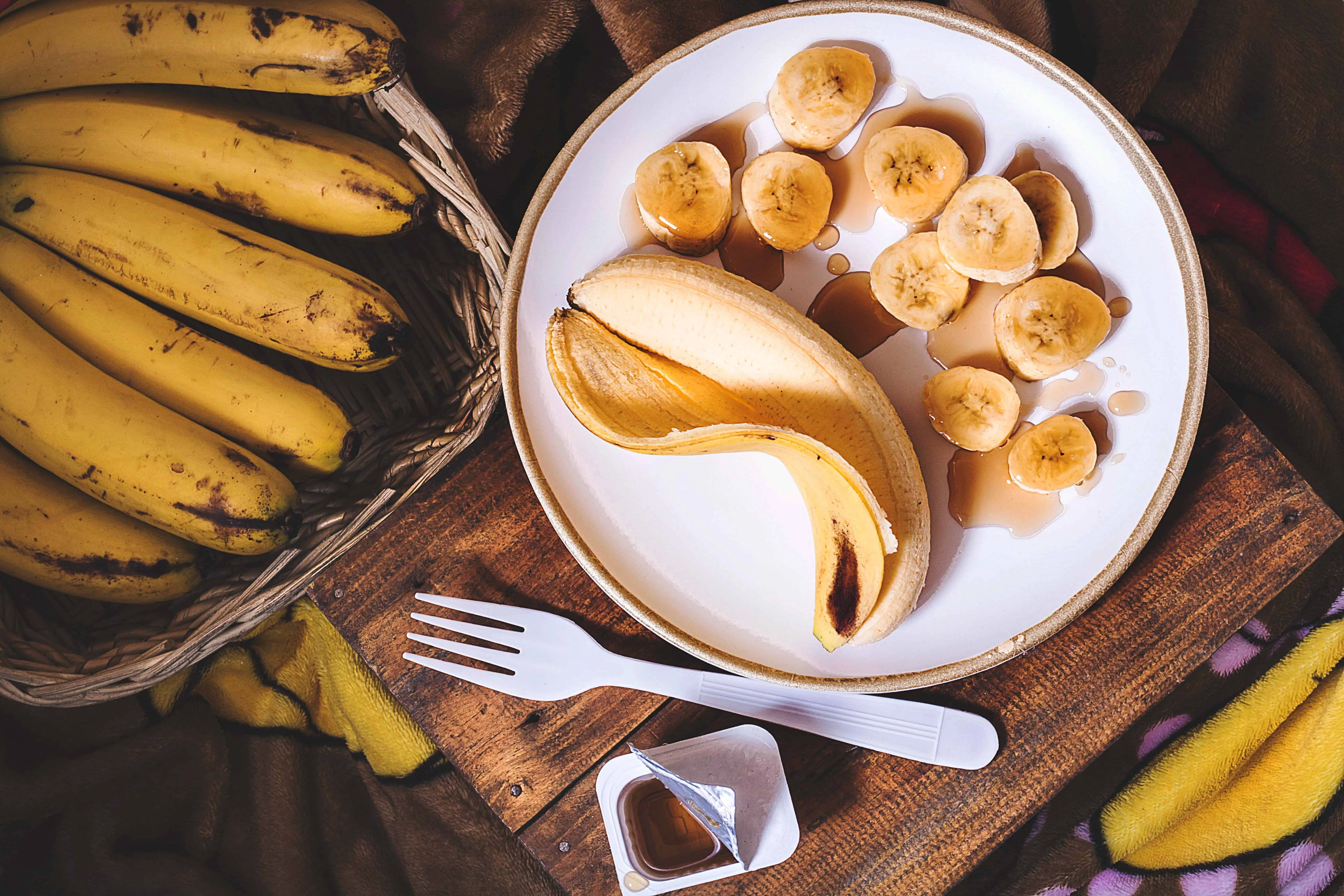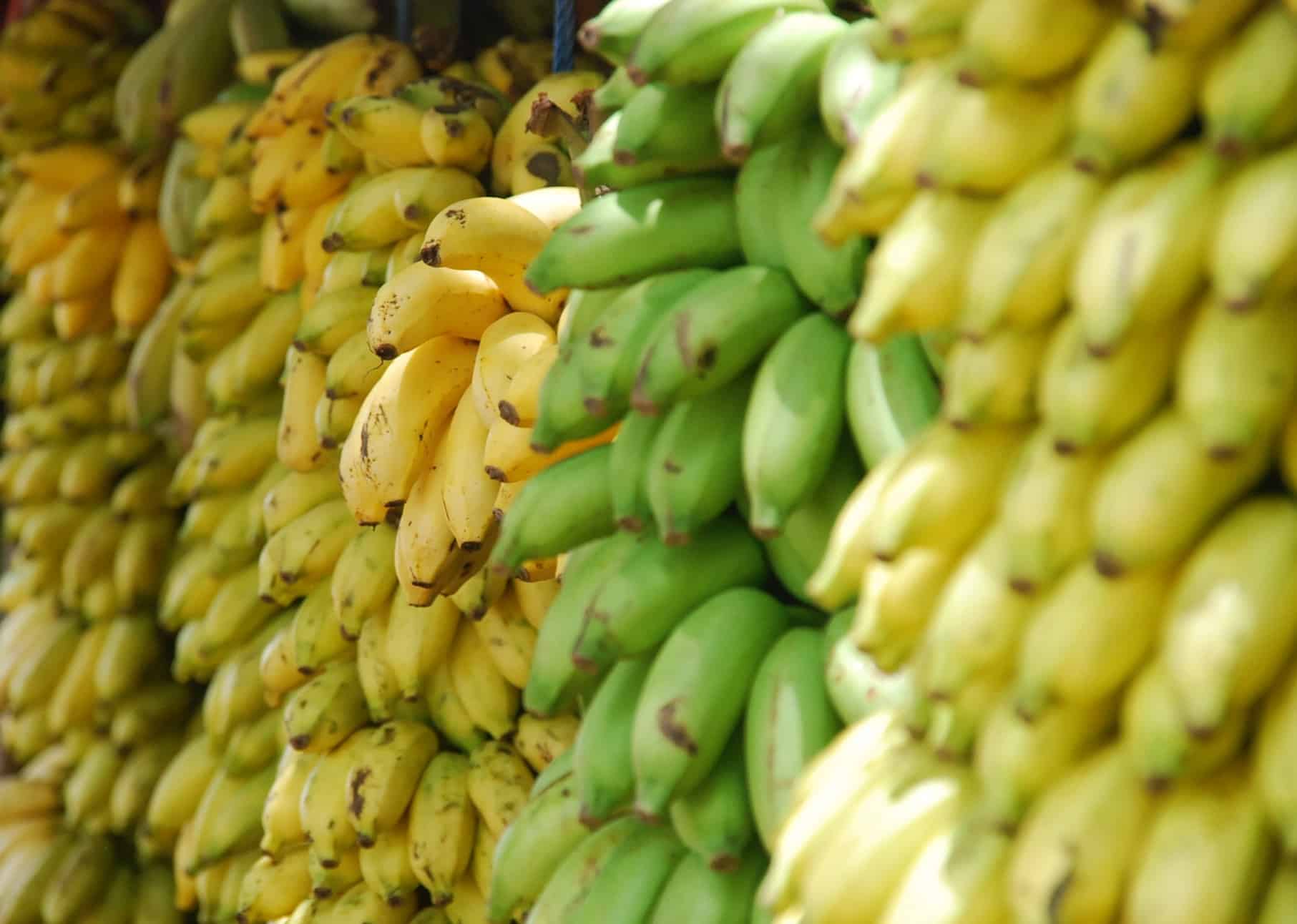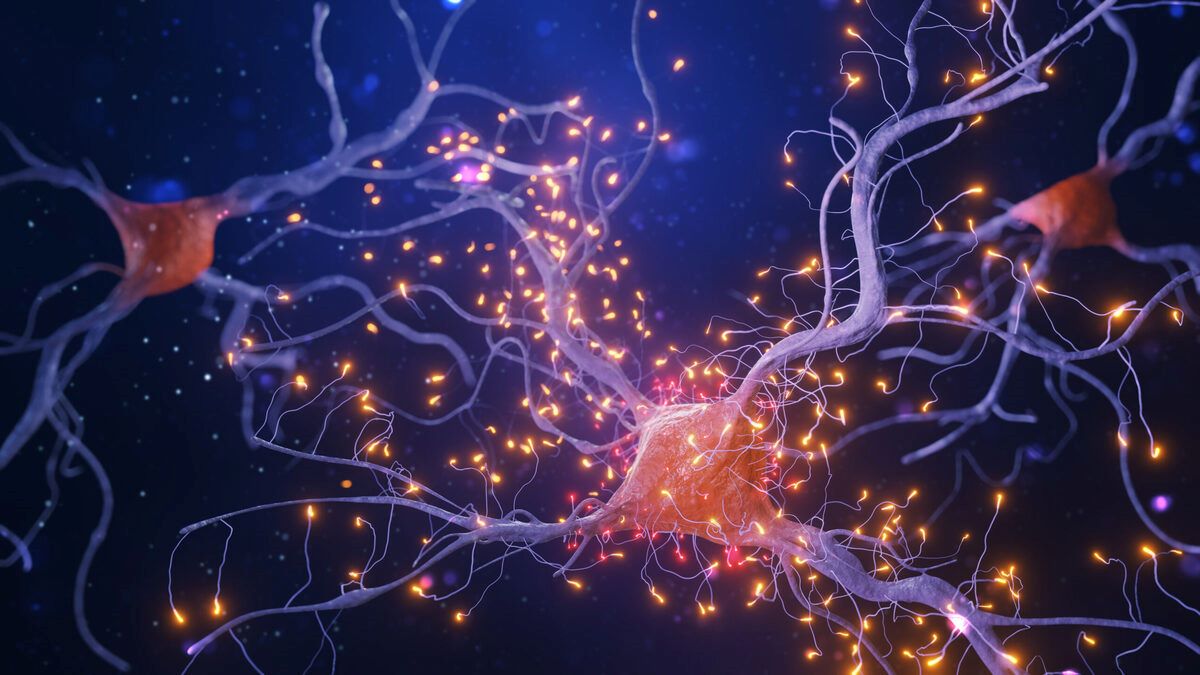
The banana fruit is enjoyed by millions all over the world. This well-known fruit holds great versatility and complementary flavor. Not only can you enjoy it as is, but you can also include it in some dishes ranging from savory dishes to desserts. But how much do you really know about this fruit?
- Bananas have a total of 89 calories per 100 grams (3.5 oz).
- Musa sapientum is the scientific name for the banana.
- Bananas are part of the berry family.
- Hawaii is the only place in the world where bananas are commercially grown.
- The banana is the 4th most popular agricultural product grown in the world.
- More than 96% of households in the United States buy bananas at least once a month.
- Uganda has the highest average per capita consumption of bananas in the world.
- A man from India once ate 81 bananas in just half an hour.
- Bananas mainly grow from a root structure that produces an above stem.
- Rubbing the inside part of the banana peel on houseplants can make their leaves shinier.
- The banana plant grows from a bulb and not from seeds.
- A cluster of bananas is called a hand, a single banana is called a finger.
- The country that produces the most bananas compared to any other country is India.
- Bananas have previously been depicted in ancient Egyptian hieroglyphics.
- Bananas first appeared in written history during the 6th century B.C.
- If you have a headache, you can rub a banana peel on your forehead to cure it.
- The Banana Club Museum is the world’s largest collection solely devoted to one fruit.
- Americans consume an average of 27 pounds of bananas per person in a year.
- 75% of the weight of a banana is water
- Bananas were the first-ever cultivated fruit, where farms were found in southeast Asia.
Banana Facts Infographics

According to research, eating bananas can lower the risk of strokes and heart attacks.
Foods that are high in potassium have been found to stop fatal blockages from occurring and can also inhibit the hardening and narrowing arteries.

A thief from Mumbai was once forced to eat 48 bananas.
The police resorted to an unusual method of retrieving the stolen goods. This was done so that that gold chain he swallowed could be retrieved from his body later on through bowel movements.
In China, seductively eating a banana during a live stream is illegal.
This was done so that the underaged women in China could not attract older male audiences. The Chinese government deems such acts like this harm the social morality.
If bananas are too green to eat, you can place them inside a paper bag along with an apple or tomato.
This will cause the bananas ripening process to speed up overnight. These fruits are well recommended because they release more ethylene than others. This is the chemical that helps fruits ripen over time.

The fastest marathon dressed as a banana fruit was finished in 2 hours and 47 minutes.
This was achieved by Andrew Lawrence who is also known as Banana man by spectators. Lawrence completed this marathon at the Virgin Money London Marathon on the 24th of April in 2016. His record is now published in the Guinness book of world records.
Banana fruits are naturally radioactive.
This phenomenon is due to the fruits containing potassium and potassium decays. Potassium is a necessary substance to be able to achieve healthy operations within the human body. You are only able to die of radiation poisoning if you were able to eat a total of 10 million bananas at once. You may also experience chronic symptoms is you were to eat 274 bananas every day for 7 years straight.
The most number of bananas peeled and eaten in one minute is 8.
The Guinness Book of World Records published Patrick Bertoletti as the man who could eat the most number of bananas in one minute. This was achieved on the 14th of January in 2012 at Sierra Studios, Illinois, USA.
Alexander the Great discovered a banana crop in the Indian valleys when he and his troops invaded India.
Alexander the Great first discovered the taste of bananas during 327 BC according to history texts from Buddhist in 600 BC. Islamic conquerors brought the banana back to Palestine in 650 and Arab merchants eventually spread them much around Africa.
The first bananas were believed to have grown in specific regions of Asia such as the Philippines and Indonesia.
The origin of the fruit is complex. It is generally agreed on through archaeological evidence that the cultivation of bananas dates back as far as 8000 BC. Other domestication projects of the fruit have been found in Southeast Asia and the South Pacific. This was believed to have occurred sometime from 8000 to 5000 BC.
A banana plant stops producing new leaves and instead grows a flower spike when it matures.
This occurs when a stem develops and grows inside the pseudostem. This carries the immature inflorescence until it ultimately emerges on the top of the plant. Each pseudostem normally produces a single inflorescence. This is known as the banana heart.

Bananas are the only known fruit that is said to help the human body produce serotonin.
Serotonin is a naturally occurring neurotransmitter that sends messages to the brain between neurons. When the body does not produce enough serotonin, bananas are often recommended by doctors in their patient’s diets. This hormone is a natural substance that alleviates depression and balances other moods. This chemical also contributes to an overall well-balanced feeling amongst consumers.
People who are allergic to latex are most likely allergic to bananas as well.
Banana allergies are often connected to Latex allergies because of the proteins found in rubber trees. These proteins are similar to the ones found in nuts and fruits which include bananas. The term used for this phenomenon is called latex-food syndrome or latex-fruit allergy. While few people are born with this particular allergy, it can be developed later on in life.
If you have an inflamed bug bite, the inside of a banana peel can help relieve itching on the area.
The natural oils found in the banana skin contains a chemical that helps alleviate irritation from mosquito bites and poison ivy. Simply rub the banana peel flesh downside, on the irritated area and wait for it to take effect. While this may alleviate itching, it is not to be relied on as a cure.

The reason why bananas can float on water is because it is less dense in comparison.
Similar fruits such as watermelons, oranges, and apples can also float on water due to the amount of air pockets inside them.
Humans share about 50% of our DNA with bananas.
By sequencing the entire genome of various organisms, researchers have discovered have similarities in their base material. Human beings have been found to share many of the housekeeping genes that are necessary for cellular function with bananas.
To slow down the ripening process of bananas, you can put them in the fridge.
To stop the ripening process, the chemical reaction must first be slowed down. This can be done by placing the fruit in colder locations such as the fridge or an icebox. Cold temperatures will slow down the chemical reaction and delay the banana fruit from ripening too fast. This will also result in the peel turning black but it will not affect its freshness or flavor.
Bananas are a good source of potassium, fiber, vitamin C, and vitamin B6.
These vitamins and minerals can help prevent medical issues and any instances of organ failure. Ripen bananas at room temperature are believed to give the highest amounts of benefits.

Portuguese sailors brought bananas from West Africa and introduced them to Americans in the 16th century.
Its Guinean name was banema, which was later on translated to banana in English.
Bananas contain no fats, they are low in calories, and they have no sodium or cholesterol.
Apart from the many vitamins and minerals it contains, bananas are also a good source of nutrition for those on a diet. This fruit is one of the few with the lowest calorie and sodium counts.
In the Philippines, bananas are used in place of tomatoes to make ketchup.
When the US introduces ketchup to the Philippines, Maria Orosa decided to make a similar product with local crops. Bananas were used and mixed with a bit of red dye. This became a popular choice amongst Filipinos because their palettes more commonly prefer sweeter flavors compared to their American colonizers.
Was this page helpful?
Our commitment to delivering trustworthy and engaging content is at the heart of what we do. Each fact on our site is contributed by real users like you, bringing a wealth of diverse insights and information. To ensure the highest standards of accuracy and reliability, our dedicated editors meticulously review each submission. This process guarantees that the facts we share are not only fascinating but also credible. Trust in our commitment to quality and authenticity as you explore and learn with us.


